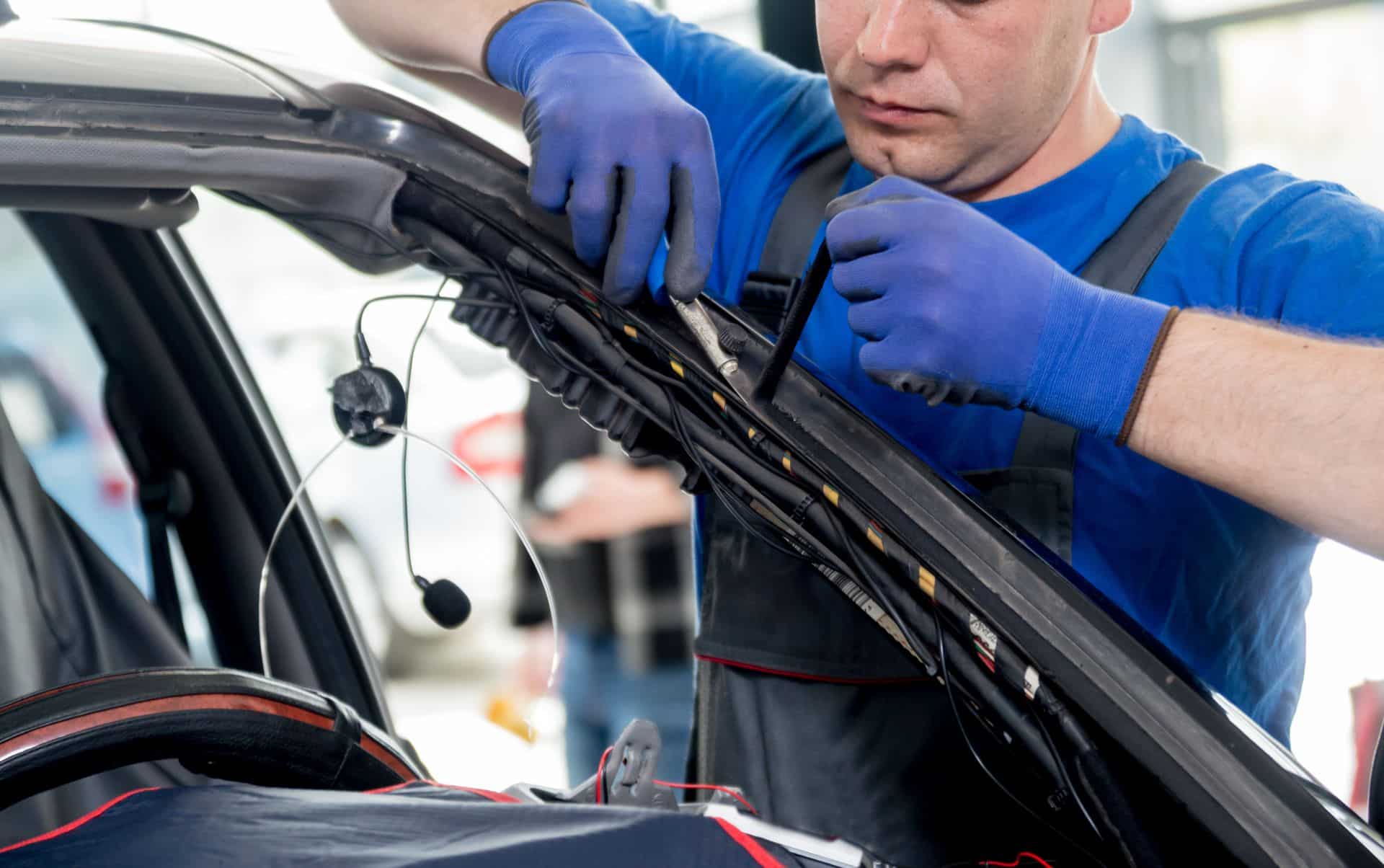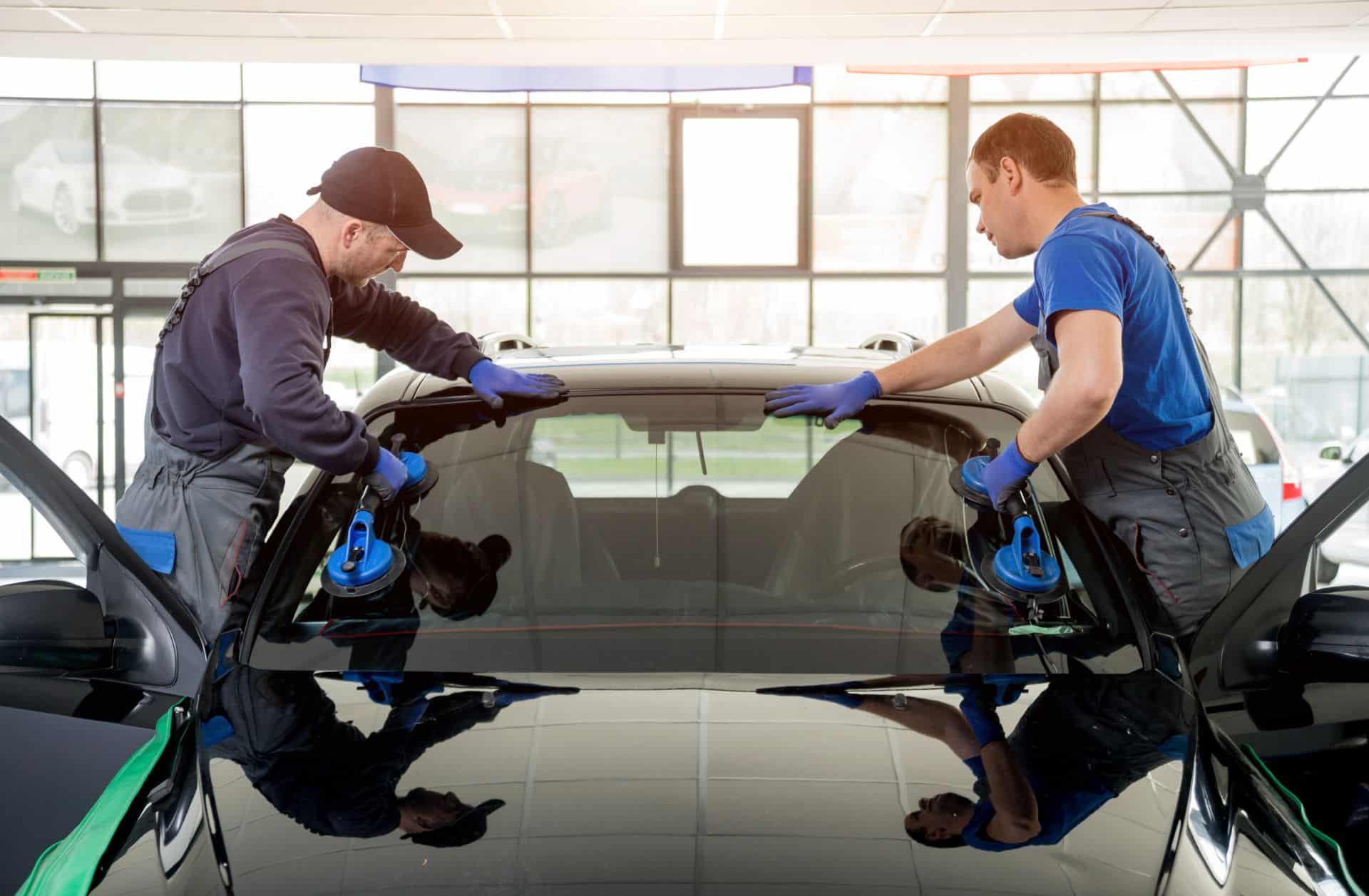Comprehensive Guide To Car Windscreen Replacement Cost
Replacing a damaged windscreen is an essential part of maintaining your vehicle's safety and structural integrity. Whether it's a small crack or a shattered screen, understanding the car windscreen replacement cost can help you make informed decisions. In this guide, we'll explore everything you need to know about windscreen replacement, from the factors influencing cost to tips for saving money while ensuring quality service.
Vehicle owners often face unexpected expenses, and windscreen replacement is one of them. While it might seem like a straightforward repair, several variables contribute to the overall cost. From the type of windscreen to the brand of your car, these factors play a crucial role in determining how much you'll spend.
This article aims to provide you with a detailed breakdown of car windscreen replacement costs, along with valuable insights into the process. By the end of this guide, you'll have a better understanding of what to expect when it comes to windscreen replacement and how to navigate the process effectively.
Table of Contents
- Introduction to Car Windscreen Replacement Cost
- Factors Affecting Car Windscreen Replacement Cost
- Types of Windscreens and Their Costs
- Windscreen Replacement Cost by Car Brand
- Step-by-Step Windscreen Replacement Process
- Tips for Saving on Windscreen Replacement
- Insurance Coverage for Windscreen Replacement
- Ensuring Quality in Windscreen Replacement
- Frequently Asked Questions About Windscreen Replacement
- Conclusion and Next Steps
Introduction to Car Windscreen Replacement Cost
Understanding the Importance of Windscreen Replacement
Windscreen replacement is more than just a cosmetic fix; it's a critical safety measure. A damaged windscreen can compromise your vehicle's structural integrity and affect your visibility while driving. Replacing a cracked or shattered windscreen is necessary to ensure your safety and that of your passengers.
The cost of replacing a car windscreen can vary significantly depending on several factors. Understanding these factors can help you budget accordingly and avoid unexpected expenses. Additionally, knowing the right questions to ask when seeking a replacement service can save you both time and money.
Factors Affecting Car Windscreen Replacement Cost
1. Type of Damage
The type of damage to your windscreen is one of the primary factors influencing the replacement cost. Minor cracks or chips can often be repaired rather than replaced, which is a more cost-effective solution. However, if the damage is extensive or affects the driver's line of sight, a full replacement is necessary.
2. Windscreen Size and Shape
Larger windscreens or those with complex shapes tend to be more expensive to replace. SUVs and trucks, for example, often have larger windscreens compared to sedans, which can increase the replacement cost.
3. Brand and Model of the Vehicle
Certain car brands and models require specialized windscreens, which can drive up the cost. Luxury vehicles, in particular, often use high-end materials and advanced technology in their windscreens, making replacements pricier.
Types of Windscreens and Their Costs
Not all windscreens are created equal. The material, technology, and features incorporated into a windscreen can significantly impact its cost. Below are some common types of windscreens and their associated costs:
- Tempered Glass: Typically the most affordable option, tempered glass is durable and designed to break into small, blunt pieces to minimize injury.
- Laminated Glass: This type of glass consists of two layers of glass with a plastic layer in between, providing enhanced safety and noise reduction. It's commonly used in modern vehicles and is more expensive than tempered glass.
- Heated Windscreens: Equipped with heating elements to defog or defrost quickly, heated windscreens are a premium option found in many luxury cars.
Windscreen Replacement Cost by Car Brand
The cost of replacing a windscreen can vary depending on the brand and model of your car. Below is a breakdown of approximate costs for some popular car brands:
- Toyota: $300 - $500
- BMW: $600 - $1,000
- Mercedes-Benz: $800 - $1,200
- Jeep: $400 - $700
These figures are estimates and can vary based on location, labor costs, and the specific model of the vehicle.
Step-by-Step Windscreen Replacement Process
1. Assessment of Damage
Before proceeding with a replacement, a professional will assess the extent of the damage. This step helps determine whether a repair is possible or if a full replacement is necessary.
2. Removal of the Old Windscreen
The damaged windscreen is carefully removed using specialized tools to avoid damaging the surrounding frame or seals.
3. Installation of the New Windscreen
The new windscreen is fitted into place using a strong adhesive. It's crucial to allow sufficient curing time for the adhesive to set properly, ensuring a secure bond.
Tips for Saving on Windscreen Replacement
1. Compare Quotes
Obtaining quotes from multiple service providers can help you find the best deal. Don't hesitate to negotiate or ask for discounts if available.
2. Check for Promotions
Many windscreen replacement companies offer seasonal promotions or discounts for specific services. Keep an eye out for these offers to save money.
3. Use Original Equipment Manufacturer (OEM) Parts
While OEM parts can be more expensive upfront, they often provide better quality and durability, saving you money in the long run.
Insurance Coverage for Windscreen Replacement
Many car insurance policies include coverage for windscreen replacement. It's essential to review your policy and understand the terms and conditions related to windscreen repairs or replacements. Some policies may require you to pay a deductible, while others offer full coverage.
Ensuring Quality in Windscreen Replacement
1. Choose a Reputable Service Provider
Opt for a service provider with a proven track record of delivering quality windscreen replacements. Look for reviews and testimonials from previous customers to gauge their reliability.
2. Use Certified Technicians
Ensure that the technicians performing the replacement are certified and trained in the latest techniques and technologies. This guarantees a professional and safe installation.
Frequently Asked Questions About Windscreen Replacement
1. How Long Does Windscreen Replacement Take?
On average, windscreen replacement takes about 60-90 minutes. However, the curing time for the adhesive can take several hours, during which the vehicle should not be driven.
2. Can I Repair a Cracked Windscreen Instead of Replacing It?
Minor cracks or chips can often be repaired instead of replaced. However, if the damage is extensive or located in the driver's line of sight, a full replacement is recommended for safety reasons.
3. Is Windscreen Replacement Covered by Insurance?
Many insurance policies cover windscreen replacement, but it depends on the specifics of your policy. Check with your provider to understand your coverage options.
Conclusion and Next Steps
Replacing a car windscreen is a necessary expense for maintaining your vehicle's safety and performance. By understanding the factors that influence replacement costs and following the tips outlined in this guide, you can make informed decisions and save money without compromising quality.
We encourage you to share your experiences or ask questions in the comments section below. Additionally, explore our other articles for more valuable insights into car maintenance and repairs. Together, let's keep your vehicle in top condition!
Data Source: National Highway Traffic Safety Administration
Article Recommendations


